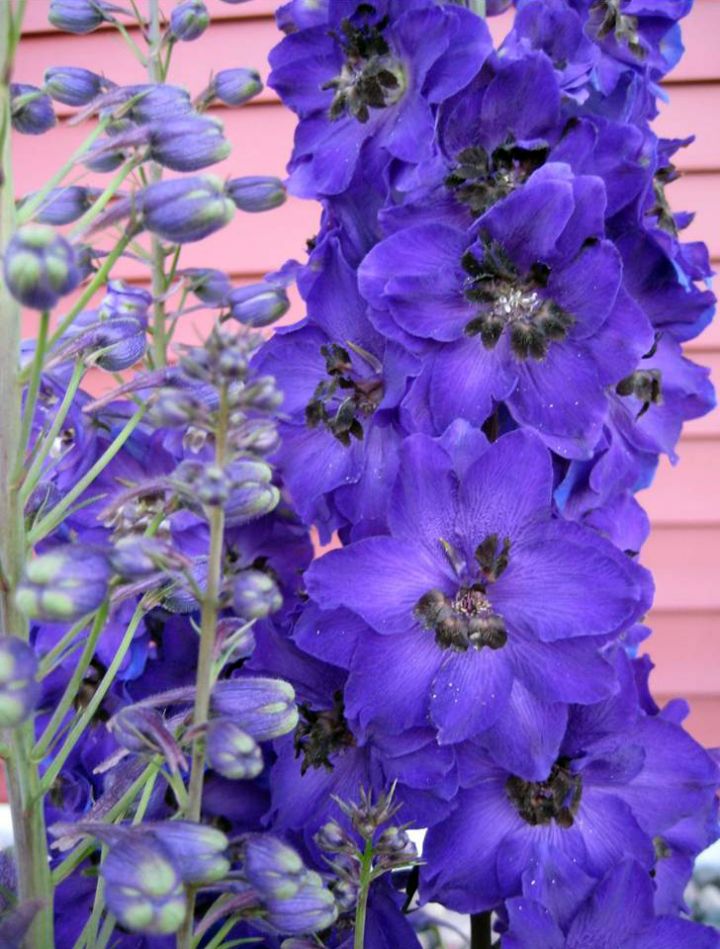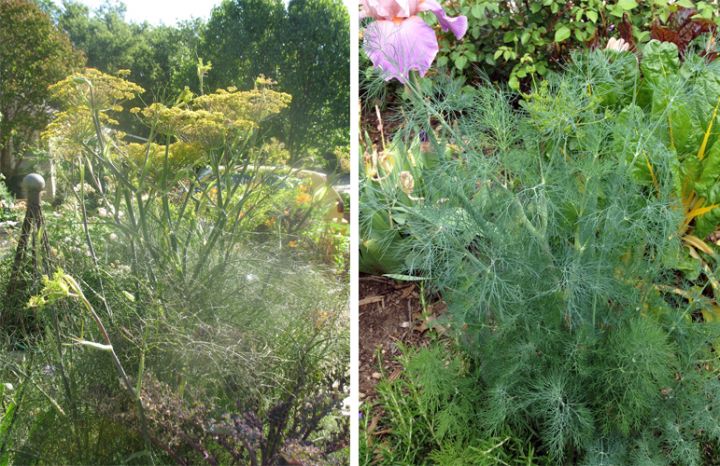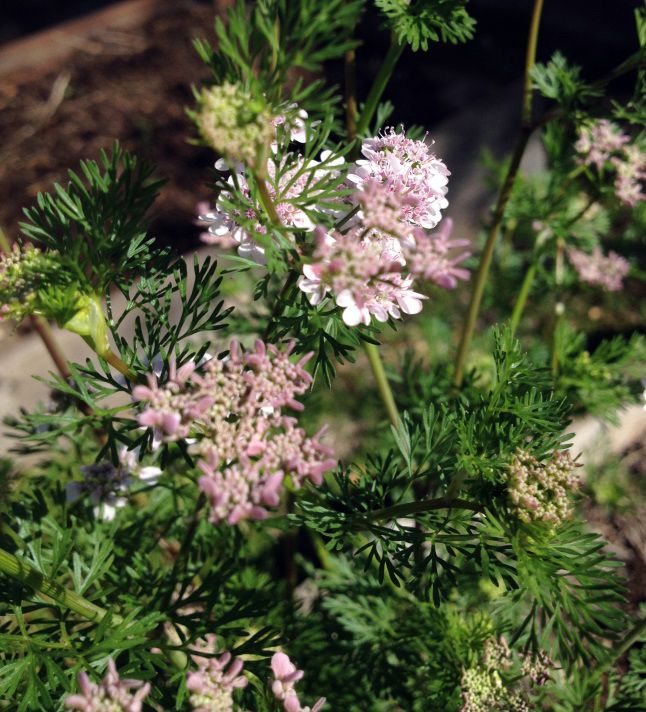Flowers to Energize Pollinators in Your Landscape
February 7, 2019 | By webadmin
With spring just around the corner, now’s a great time to plan for pollinators in your garden. As temperatures warm, pollinators will be out in force looking for their next meal. But in our climate, you can support pollinators year-round. Don’t forget to grow plants that flower in the cool seasons, as pickings can be pretty slim for pollinators in winter months.
To make your yard a hot spot for pollinators add some of these spring blooming plants into your landscape.
Calendula
Calendula, or pot marigold, is an underused spring blooming annual that is beautiful here in spring and fall. Their brilliant yellow and orange daisy-type flowers are a favorite of bees and butterflies. Use calendula in containers, mixed into perennial beds or edible gardens.
Bonus: Calendula flowers are edible – and have medicinal anti-inflammatory properties. Try adding some flowers to your salad for a peppery kick or brewing your own calendula tea.
__full-width.jpg)
Larkspur
Larkspur is a great annual addition to any spring garden because of its dramatic beauty. It's also a powerhouse when it comes to attracting pollinators. The striking stalks of flowers come in bright blues, purples, lavender, white, periwinkle, and pink. Larkspur flower stalks can reach 3- to 5-feet tall, make sure to plant it at the back of your landscape. Or broadcast seed into large bare areas that receive some afternoon shade. Larkspur can reseed itself, but it is best to replant each spring.

Larkspur is a common name often applied to both the perennial species in the genus Delphinium, and the annual species in the genus Consolida.
Herbs
Not only are herbs highly enticing to the human consumer, pollinators also love them. Rosemary often blooms in winter and spring months, offering pollinators a much needed meal. Basil, when allowed to bloom, will be covered in bees spring through summer.
Very soon, you'll start to notice flower buds on your cool season herbs. Fennel and dill are two spring blooming herbs that attract bees as well as caterpillars of moths and butterflies. We love their textural, serrated leaves planted among other ornamentals, while interesting flower heads stay buzzing with bees. Cilantro is already starting to bolt and produces surprisingly pretty white to pink flowers that the bees can't resist. Here in Texas, plant these cool season herbs in the fall.

Fennel flower heads and dill foliage are both interesting edible additions to your pollinator garden.

The flowers of cilantro are quite pretty and attract tons of bees!
Lavender
While lavender can be a bit difficult to grow in our heavy clay soils, it’s worth it to try! Bees absolutely love lavender flowers. The trick to be successful with lavender is to choose a well-draining site for the plants and amend the soil prior to planting. Planting it in raised beds or containers with a loose soil mix is even better.
Choosing the correct variety of lavender is also key. English lavenders don’t perform well here and can quickly succumb to root rot in our heavy clay soils. Instead, French lavender varieties ‘Provence’ and ‘Grosso’ are good choices. ‘Goodwin Creek’ is another good option.
__full-width.jpg)
Winecup
A stunning, sprawling groundcover Texas wildflower favored by pollinators is Winecup, or Callirhoe involucrate. They bloom with wine-colored flowers in March and April and can reseed themselves prolifically in well-drained soil. You may plant these at the front of your perennial border or a spot where it can trail over a wall.
We hope you will think about making your landscape a friendly home for our valuable native pollinators this spring. If you need help choosing & designing the perfect pollinator garden, give us a call today!
